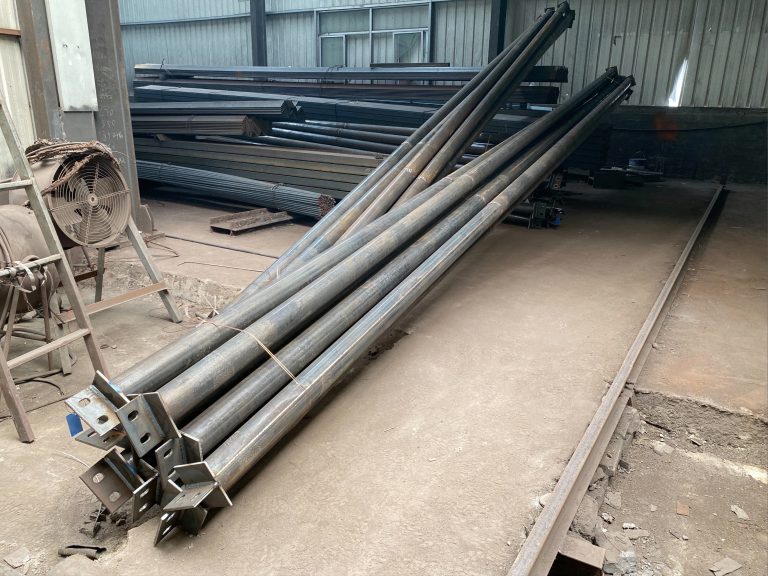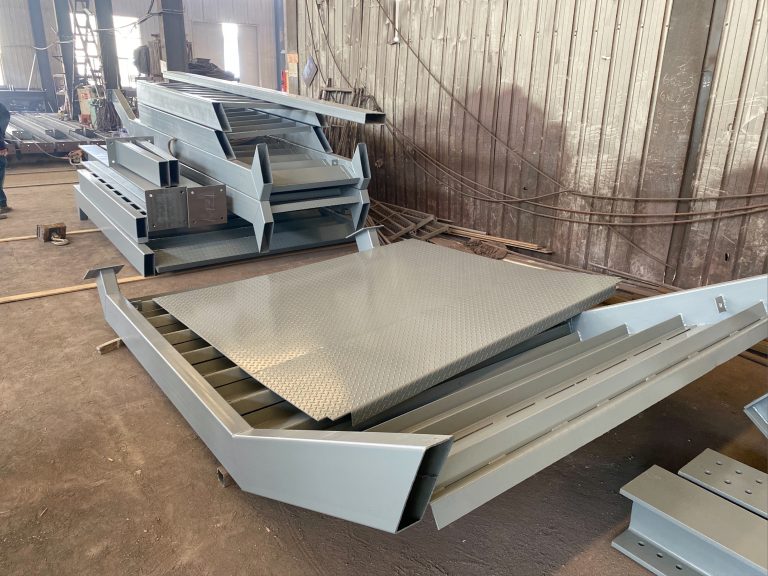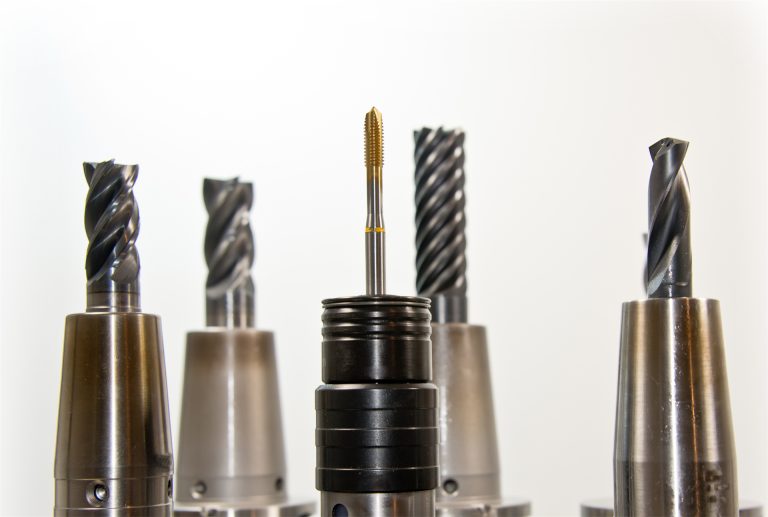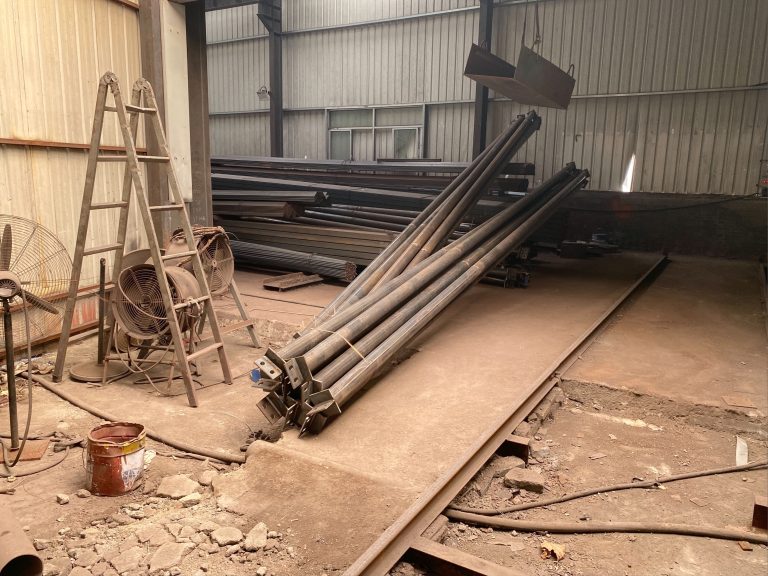Industrial Buildings Design Solutions for Modern Industry
Sustainable Design Practices for Industrial Buildings
Industrial buildings play a crucial role in the modern industry, providing the necessary infrastructure for manufacturing, production, and storage. As industries continue to evolve and grow, the design of industrial buildings must also adapt to meet the changing needs and demands of the industry. Sustainable design practices have become increasingly important in the design of industrial buildings, as industries strive to reduce their environmental impact and operate in a more sustainable manner.
One of the key considerations in the design of industrial buildings is energy efficiency. Industrial buildings are typically large consumers of energy, so designing buildings that are energy-efficient can have a significant impact on reducing energy consumption and lowering operating costs. Incorporating energy-efficient lighting, heating, and cooling systems, as well as utilizing natural light and ventilation where possible, can help to reduce energy usage and create a more sustainable building.
Another important aspect of sustainable design for industrial buildings is the use of environmentally friendly materials. Choosing materials that are recycled, recyclable, or sustainably sourced can help to reduce the environmental impact of the building and promote a more sustainable construction industry. Additionally, using materials that are durable and long-lasting can help to reduce the need for frequent maintenance and repairs, further reducing the environmental impact of the building.
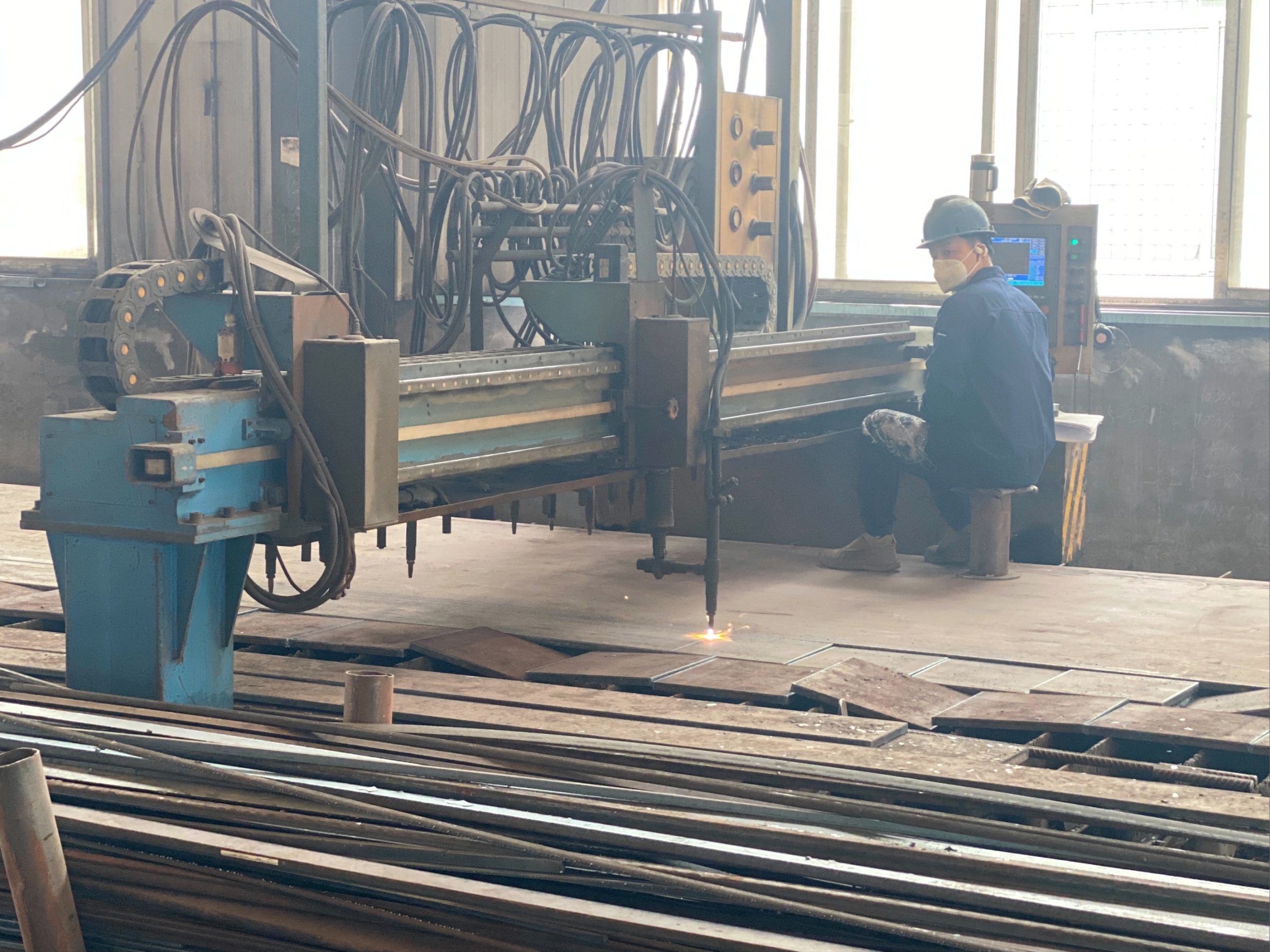
Incorporating green spaces and landscaping into the design of industrial buildings can also have a positive impact on the environment. Green roofs, living walls, and other green features can help to improve air quality, reduce heat island effects, and provide habitat for wildlife. These features can also help to create a more pleasant and productive work environment for employees, leading to increased job satisfaction and productivity.
Water conservation is another important consideration in the design of industrial buildings. Implementing water-efficient fixtures, such as low-flow toilets and faucets, as well as utilizing rainwater harvesting systems and greywater recycling can help to reduce water usage and promote water conservation. Additionally, designing buildings with proper stormwater management systems can help to prevent flooding and reduce pollution of waterways.
Incorporating renewable energy sources into the design of industrial buildings can also help to reduce the environmental impact of the building and promote sustainability. Solar panels, wind turbines, and geothermal systems can all be used to generate clean, renewable energy on-site, reducing the reliance on fossil fuels and lowering greenhouse gas emissions. By integrating renewable energy sources into the design of industrial buildings, industries can reduce their carbon footprint and contribute to a more sustainable future.
Overall, sustainable design practices for industrial buildings are essential for creating a more environmentally friendly and sustainable industry. By incorporating energy-efficient systems, environmentally friendly materials, green spaces, water conservation measures, and renewable energy sources into the design of industrial buildings, industries can reduce their environmental impact, lower operating costs, and create a more sustainable future for generations to come. As industries continue to evolve and grow, it is essential that the design of industrial buildings also evolves to meet the changing needs and demands of the industry, while also promoting sustainability and environmental stewardship.

